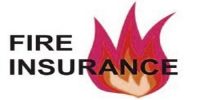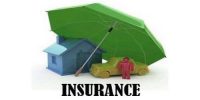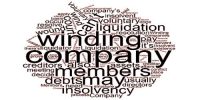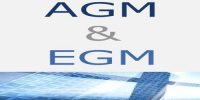Assess the elements of an Insurance Risk
Insurance has evolved as a process of safeguarding the interest of people from loss and uncertainty. The process of insurance has been evolved to safeguard the interests of people from uncertainty by providing certainty of payment at a given contingency.
For a pure risk to be insurable, it should possess the following characteristics.
A large number of Exposure units: The theory of insurance is based on the law of large numbers. Therefore the prime necessity for a risk to be insurable is that there must a sufficiently large number of homogeneous exposures in order to combine losses that are reasonably predictable. Loss data can be compiled over time, and losses for the group as a whole can be predictable with sonic necessary accuracy. The loss costs can then be spread over, all insured in the underwriting class. Also, the probabilistic estimates used by the insurance company by logic, assume a large number of’ units in a distribution and insurance products are priced accordingly.
Define and Measurable loss: A second requirement is that the less should be both determinable and measurable. This means the loss should be definite as to cause time, place and amount. Life insurance in most causes meets this requirement easily. The cause and time of death can be readily determined in most cases and if the person is insured, the face amount of the life insurance policy is the amount paid. The losses are fairly predictable can be measured in money terms. Loss of peace of mind tension etc or loss of life cannot be indemnified.
Determinable profitability distribution: The probability distribution of happening of an adverse event if determinable. This condition is necessary to establish a free premium according to the theory of equivalence. If there is not determinable distribution, there is no question of issuing a cover by an insurance company.
Calculable chance of loss: A forth requirements is that the chance of loss should be calculable. The insurer must be able to calculate both the average frequency and the average severity of future losses with some accuracy. This requirement is necessary so that a proper premium can be charged that is sufficient to all claims and expenses and yield a profit-during the policy period. Certain losses, however, are difficult to insure because – the chance of loss cannot be accurately estimated, and the potential for catastrophic loss is present.
Random (fortuitous) loss: The adverse event may or may not occur in future and once which the in future and once which the insurance company has no control. Naturally, if the event is non-random or loss has accrued in the past, there is no question of insurance. Also, it is important to note that randomness is ensured by underwrites who guard against adverse selection tendency of the poorer than average insured to seek or continue insurance coverage.
Non-catastrophic loss: The losses should be non-catastrophic. Not all the units in a homogenous group will be subject to an adverse event. This means that a large proportion of exposure units should not incur losses at the same time. As we stated earlier, pooling is the essence of insurance. If most or all of the exposure units in a certain class. Simultaneously, incur a loss, and then the pooling technique breaks down and becomes unworkable; Premiums must be increased to prohibitive levels, and the insurance technique is. So longer a viable arrangement by which losses of the few is spread over the entire group.
Premium should be economically Feasible: Since the insurance pool is structured to be ‘sufficiently large, the price charged by the insurer for buying the risk is generally low. It should be sufficient to cause the rich for the insurer as well as for the insured. It is the final requirement the premium should be economically feasible.
















